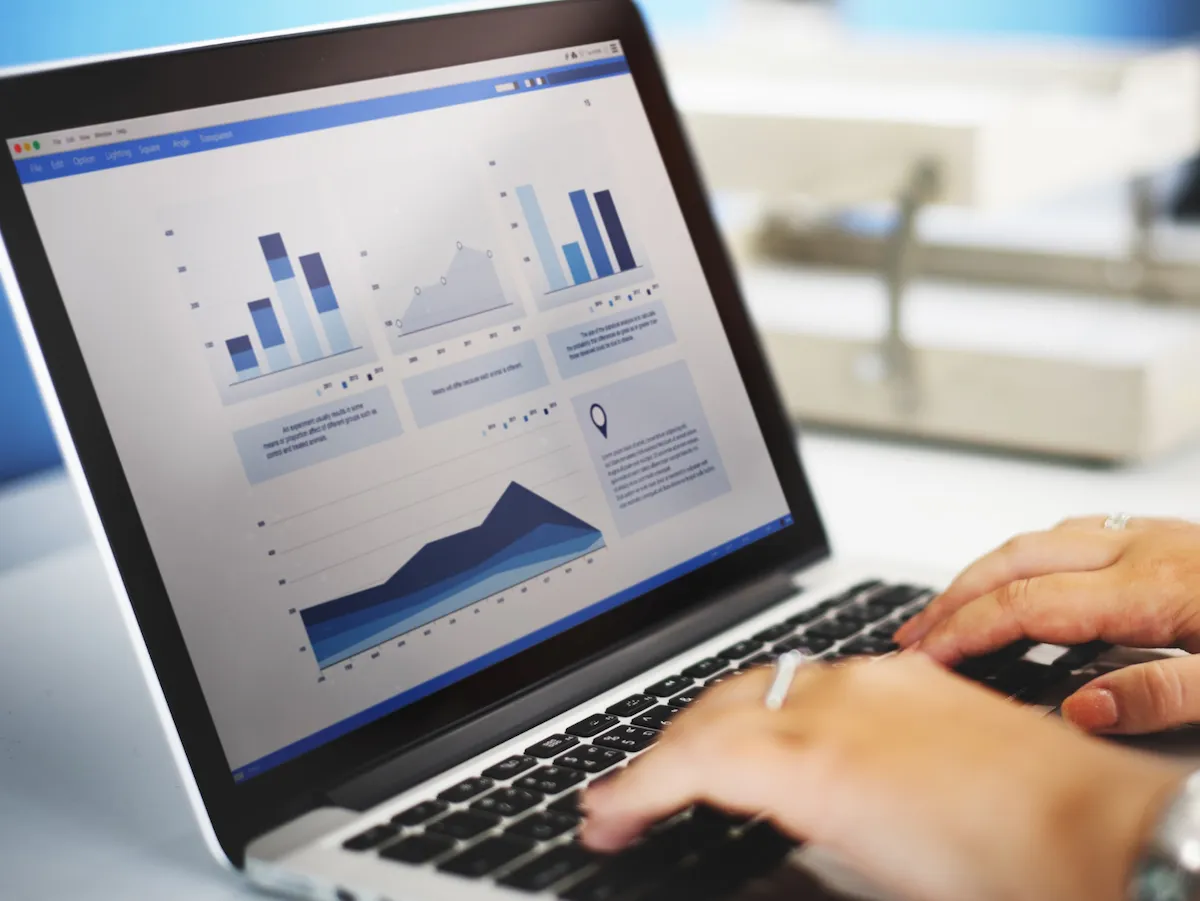The promise of Big Data is massive — it can aid in research to help cure diseases, predict optimal sites to harness sustainable energy, forecast the ups and downs of the global economy, and tell us about our customers’ lives, preferences, and likelihood of buying, even before they know of it.
Big Data will give you the answers to questions you haven’t even thought of yet. However, Big Data remains a challenging initiative for an organization to take on. You have to consider the cost of buying the technology to collect and process data, of the storage capacity where you will store massive amounts of data, and of acquiring or outsourcing the skills needed for Big Data. Then there’s security, compliance, quality, and more.
In Stratpoint’s years as a data services provider, we have experienced both successes and challenges. Big Data is a worthwhile — albeit complex — initiative. Thus, it is important to take into account these 6 Best Practices when launching your organization’s Big Data project.

01 Big data is mainly about business, not just tech
It’s easy to get carried away by flashy new features that tech companies come up with on the regular. For example: real-time analytics. With real-time analytics, you can respond to what your customers are saying right here, right now. The technology is certainly available to do so. Besides, who wouldn’t benefit from real-time analytics? Well, the first question you need to ask is: is the business capable of taking relevant and meaningful action in real-time? If not, then your team will be bombarded with data that it cannot process and make use of anyway. That just leaves you with money spent on the implementation and maintenance of technology that you are not able to maximize. Consider what the business needs — and not just take a ride with the latest technology. In this case, perhaps right-time analytics is a more worthwhile initiative than real-time analytics.02 Don’t be overwhelmed by the amount of data
Collecting and storing data from point-of-sale, IoT devices, social, website, third-party research agencies, among other sources, can be overwhelming. It’s understandable to think that your data scientists will have no use for all the data at this point in time, so why collect it? And you will be partly right. Indeed, you should listen to the business and only handle and analyze data that you can manage, make sense of, and take action on. But do not be scared by the massive amount of data that will bring massive amounts of potential later on. If you think it’s not time to take on real-time analytics, that’s fine. But you should still consider collecting streaming data and storing it for future use. Later on, the historical data can prove useful in detecting patterns, anomalies, challenges, and opportunities. Analysis doesn’t even have to be solely the realm of data scientists — machine learning and AI can go through volumes and volumes of data and provide recommendations. Imagine what you can uncover 10 or 20 years from now. In your big data initiative, you don’t necessarily have to know what to do with all the stored data today. Analyze what you can, and save the rest for later.




